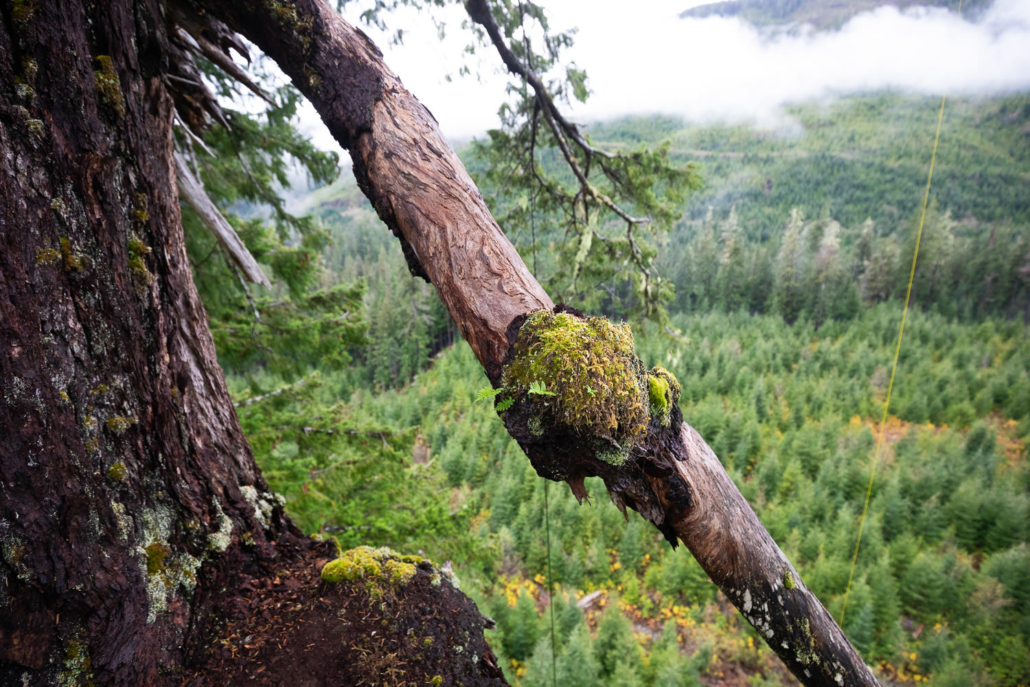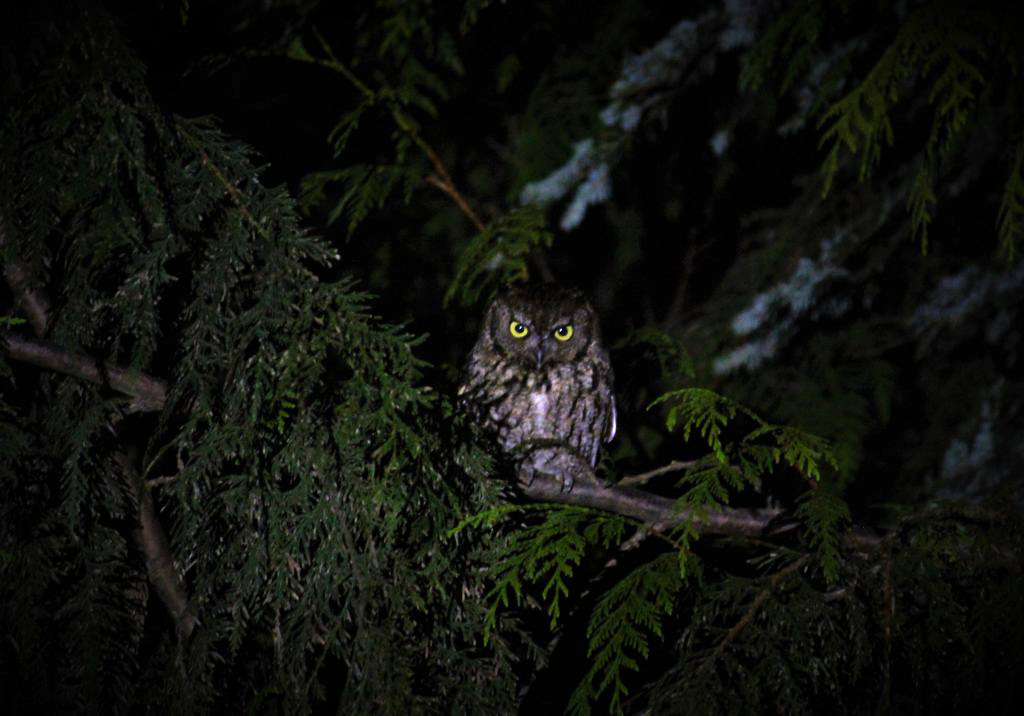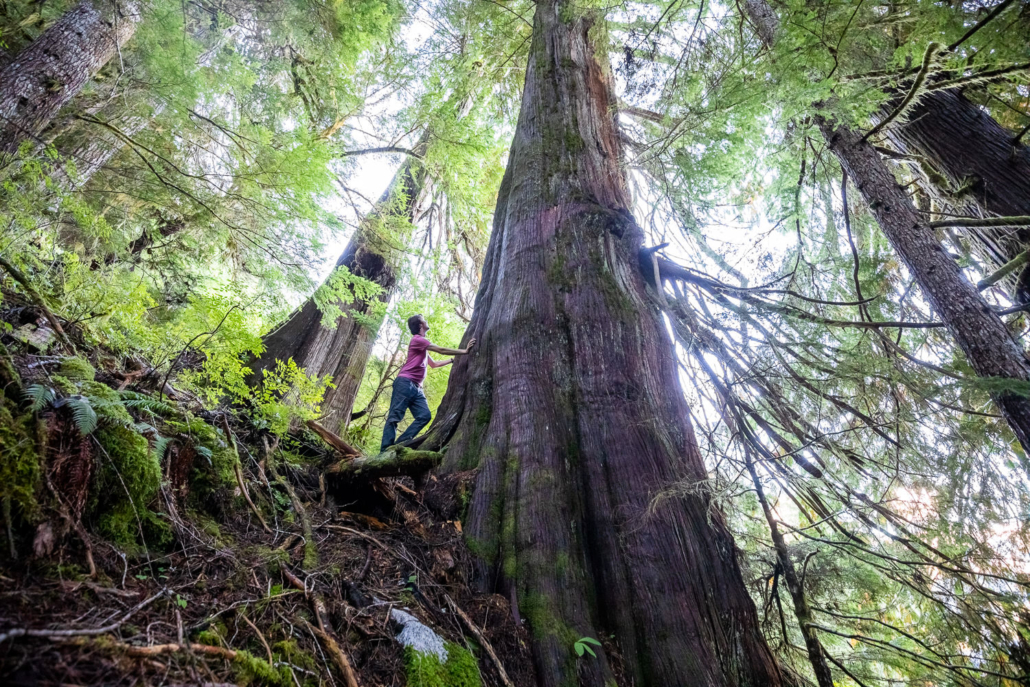
Castle Giant & Big Lonely Doug – The Tree Projects Documentary Shoot
The Tree Projects just wrapped filming with AFA in BC for a new documentary, capturing portraits of the Castle Giant & Big Lonely Doug near Port Renfrew.

Notes From the Field: Western Screech-Owl
The forest around us is dense with accumulated life. Big ancient cedars are almost completely obscured by towering salal, huckleberry, and hemlock saplings, and every surface is a tiny emerald garden…

Notes From the Field: Powell River Trip
In September 2021, Ancient Forest Alliance visited the city of Powell River to explore the region’s remaining old-growth forests, and meet with local community members and the Tla’amin First Nation to hear their views on the conservation of old-growth forests in the region. We experienced awe-inspiring landscapes, stunning ancient rainforests, and fascinating perspectives on old-growth conservation
